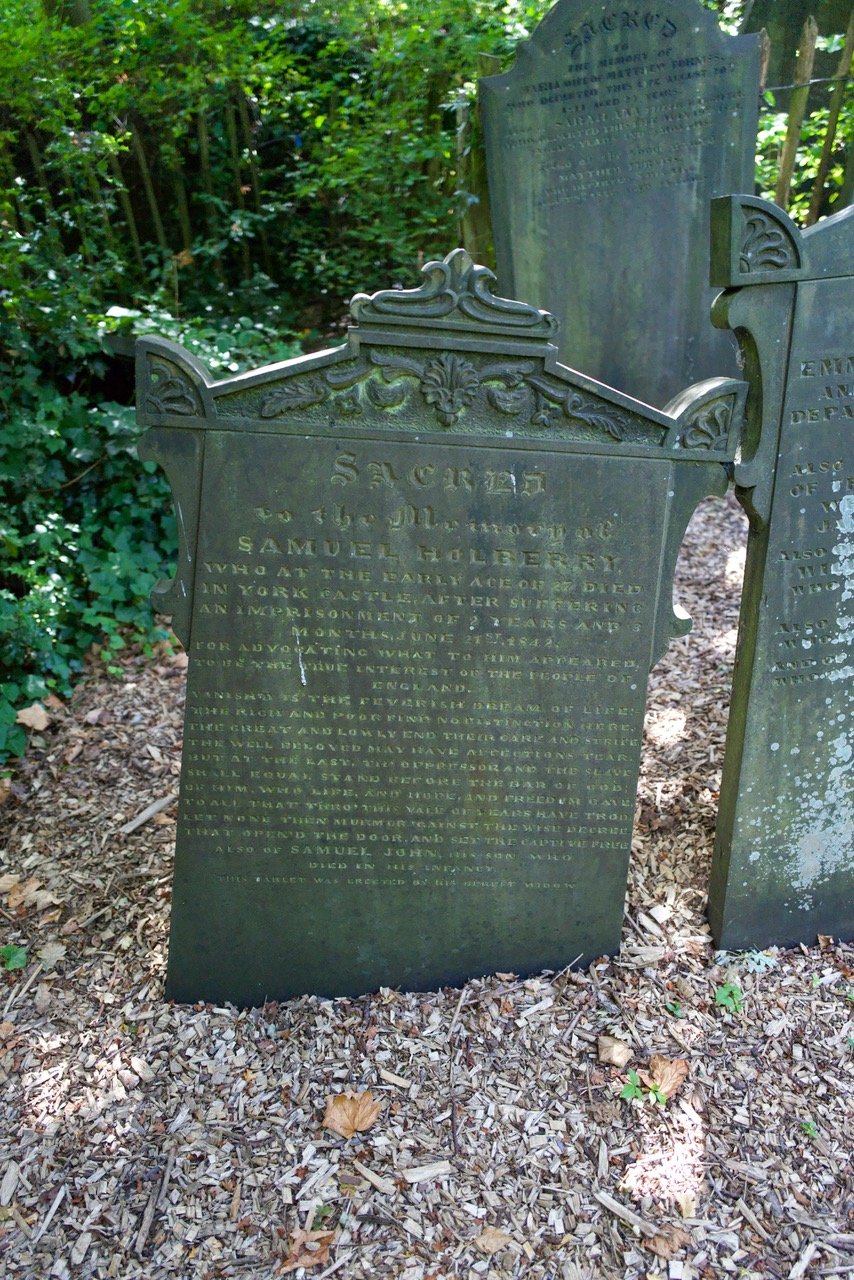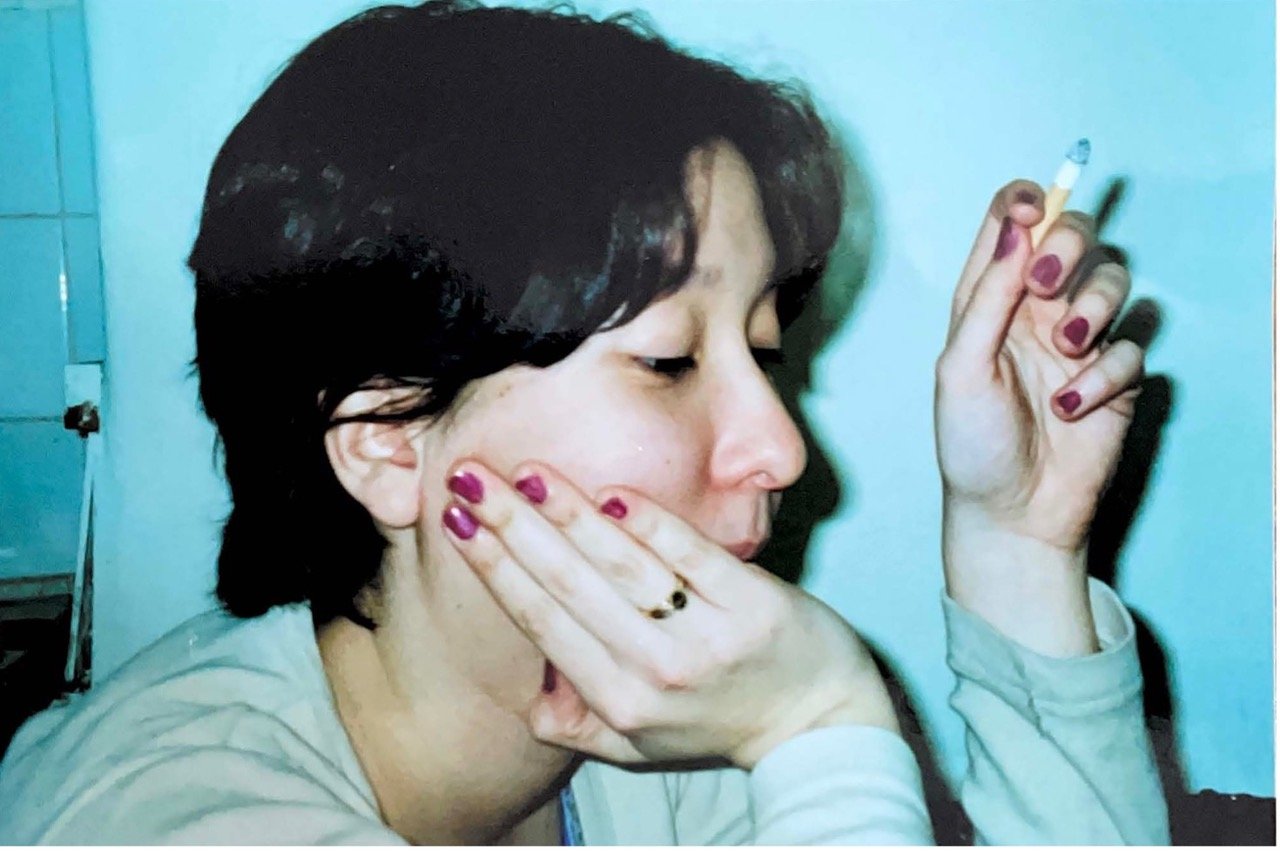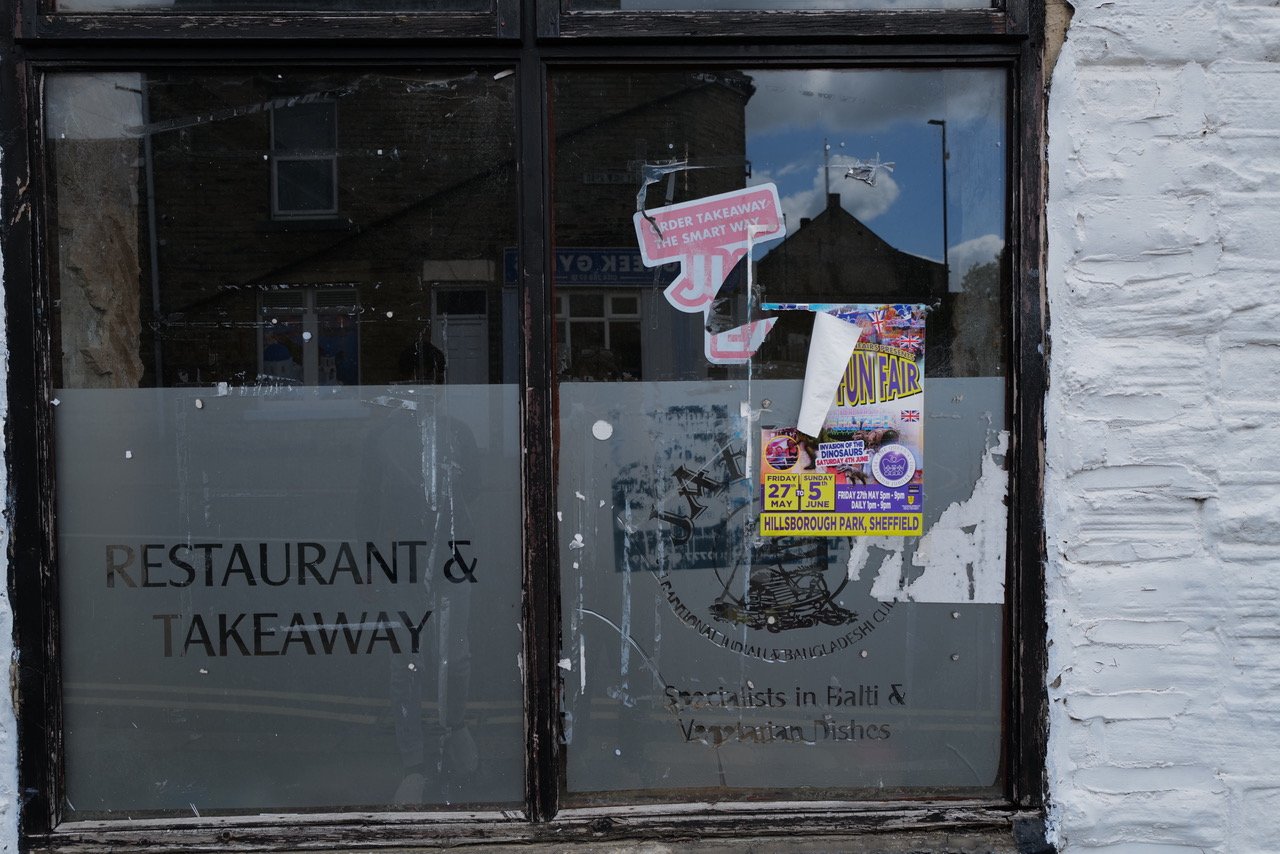By Sarah Alwin:
Walking is a habit that I have come to appreciate more as I have grown older, being perhaps more naturally attuned to the lure of the motor vehicle and a slightly horrified witness to the end of its golden age. The first time I was allowed behind the wheel of my parents’ car was when I was seventeen in 1995. It was a Honda Civic which my mum had astutely insisted on buying over any other make as it had been Car of the Year in 1984. It was a terrifying experience for my dad, even though we were in the relative safety of a deserted car park near where we lived on the breezy West Coast of Singapore. In fact it had such an impact on us both that I didn’t actually learn to drive until I was almost 21 and my dad played no further part in it, having died not long after that first test drive, though not as the result of trauma from that event I should add. It’s one of my funnier, fonder memories of him: his pulling up the handbrake and telling me that perhaps this was enough and shouldn’t we head back for dinner, to which, shell-shocked, I agreed without protest. I have always liked to jump in a car, either as a passenger inevitably nodding off to the soporific rhythms of the engine like a milk addled baby or as the driver, the promise of excitement just round the corner, armed with an A to Z or roadmap. Even the routine commute to work has in the past had the appeal of solidarity and often hilarity generated by the car pool or when undertaken solitarily as in recent years, the moments of quiet, cocooned in the seal of the horseless carriage, speeding down the motorway, or, more usually, stuck in rush hour traffic.
Now middle age has allowed me to enjoy a walk more. I used to run, and felt good doing it. Until I didn’t. My knees and hips still protest at the damage done running daily in my thirties, and my body in its forties has so far appreciated a good walk instead. And so the whoosh and vroom of my wheels or the urgency of the run has given way to the slower, more wholesome pleasures of a ramble. I have a lovely friend who once told me that she was a committed pedestrian and even though I rolled my eyes internally, she really meant it so that I wouldn’t go out of my way to give her a lift and I do appreciate her turn of phrase. I am certainly not a committed pedestrian (yet!) but may be one day.
In this one respect — walking a round walk — I was quite well prepared for the UK brand of lockdowns in the pandemic, switching to daily walking once for an hour in that first iteration of restrictions with relative ease in comparison to all the other adjustments life had in store during those slightly surreal times. I rediscovered some windy snickets and lesser used paths in those bright days when the weather was just uncharacteristically gorgeous, cloudless, and un-English, walking for pleasure and release rather than to work.
During consecutive rounds of restrictions I found a favourite walk and a place of sanctuary and intense contentment. I avoided the more popular parks, eschewing them in favour of the quieter spots near my home. This takes me neatly to the Sheffield General Cemetery, or ‘gen-cem’ as it is sometimes affectionately known. It is probably my closest green space and woefully underused by the many people who live in the vicinity. My children have been going there for years, first to hobble round the gravestones when they were toddlers, and then latterly unaccompanied by me to meet friends for football in the often overgrown central patch of grass which flattery would call a field. It turns out that this open grassy area had many more graves on it until the 1970s when some bright spark bought up the land, wanted to build houses on it, cleared the headstones (but not the remains!), applied for planning permission, didn’t get it, sold the land for a nominal fee back to the council... In all, between the cemetery’s inception in 1834, its opening in 1836 and its closure in 1978, 87,000 people were buried there, which is hard to believe given its diminutive acreage.















